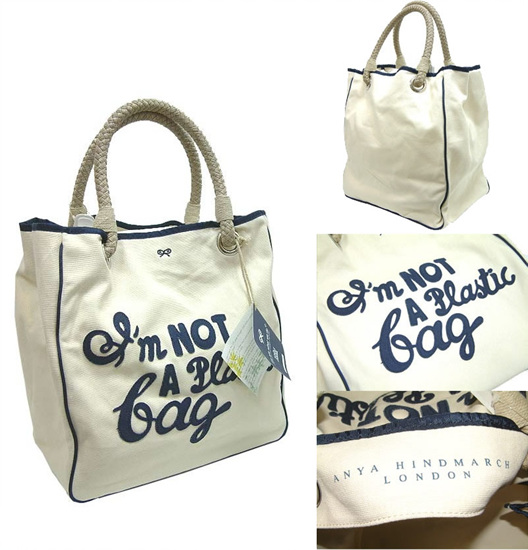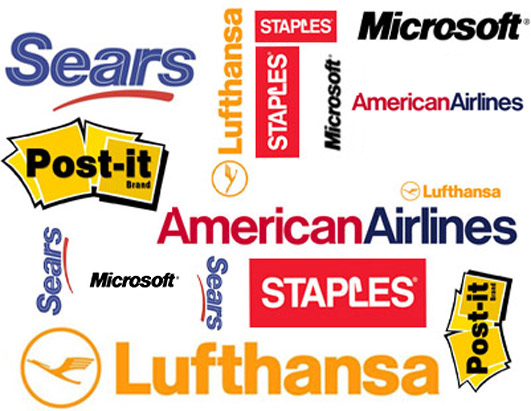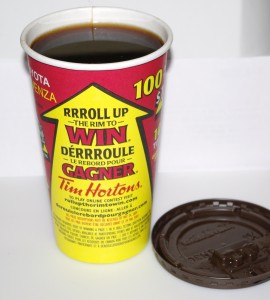Archive for March, 2011
brand association
March 24th, 2011 • Uncategorized
Today, I read the article, “‘Skins’ Ends Season on a Higher Ratings Note” from the Media & Advertising category of the Business section in the New York Times, and a number of thoughts have come to my mind. The article provides a clear example of how important brand association and brand image is for marketers. Large firms spend millions of dollars positioning their brands in the competitive marketplace to increase its perceived value from the eyes of consumers. Brand association is a big part of how consumers describe and think about brands; thus, negative brand associations can adversely affect a brand’s acceptance and image.
The TV drama series, “Skins”, launched by MTV has generated a controversial debate due to its sensitive content which many find to be inappropriate for young viewers. However, MTV’s ratings show a 59 percent increase in viewership among people of the age 12 to 34 from that of a year ago. I believe that this segment group is an important target market for many companies, because Gen Y individuals represent a massive number of potential consumers and have the purchasing power to spend on consumer goods. I was surprised to learn, however, that the sensitive content of “Skins” has resulted in current marketers removing their advertisements and potential sponsors avoiding purchasing commercial time during the show. The reason is evident: marketers are concerned about their brands’ images. For a number of companies, the show’s image is not a good fit with their brand. Their actions indicate that they want to prevent consumers from associating their brands with the provocative ideas and messages of the show.
This article brings to light the important role that brand association plays in developing brand equity. Brand association is so important that marketers can even give up targeting an attractive segment to protect their brand images. Thus, I realize how challenging it is for marketers to choose the right channels in which to launch advertisements for their products. If they are not careful, they may end up creating a negative image for their brand.
i’m not a plastic bag
March 17th, 2011 • 1 comment Uncategorized
I found Claudia Chung’s article, “I’m Not a Plastic Bag”, from her blog to be a very interesting discussion on the use of branding to increase the perception of value. The canvas bag, sporting the words “I’m Not a Plastic Bag”, was sold for $15 in stores. As time progressed, these bags began to appear online and were sold for around $700-2000. The incredible part is that there would still be people willing to buy it. Many facts pointed out by Claudia in her article provide great explanations for this puzzling phenomenon.
Firstly, the bag was launched by British designer Anya Hindmarch. I agree with Claudia in that branding plays an important role in developing the popularity and acceptance of this bag. Anya Hindmarch is a well-known luxury brand, and consumers trust it. This leads to a question of the bag’s price. Being priced at $15, consumers are likely to perceive the value of this bag to be tremendous. Many tote or canvas bags released by designer labels are sold for well over $100; $15 is obviously an incredible deal and hardly captures the value of this product. The $700-2000 price range for the bag, as sold online, is a better indicator of the bag’s value. This high price also shows that consumers perceive this bag as a prestige product, and the high price reflects its high quality. Another point to be made is that this bag was released in limited quantities, and, in other words, had an exclusive distribution intensity. Exclusivity can also increase a product’s value, and I believe that this has contributed to the high price. Lastly, the bag’s purpose, as stated by Claudia, is to promote “the idea that reusable shopping bags can be a fashion statement as well”. Given the increasing popularity of the “green trend”, this has also led to an increase in the perceived value of this product.
the marketing in fonts
March 10th, 2011 • Uncategorized
Everyone can probably name what they think makes an advertisement attractive and persuasive: colors, engaging writing, interesting imagery. However, one aspect of successful advertisements that is often overlooked is the font used in communicating a marketing message. Like colors, the type of font chosen can have different meanings and evoke different emotions; surely, marketers have taken consideration of this when creating ads or corporate logos.
Adnan’s article “The Swiss Inspiration. Helvetica.”, from his blog Plain. Simple. Marketing, discusses how the creation of the sans serif font Helvetica has generated a revolution in the way that people think about and use fonts. Since it’s creation, a multitude of governmental bodies and corporations uphold its bold, clean and crisp letters in their road signs, public notices and logos. Today, it has become the most widely used typeface. In his article, Adnan mentions that designers feel that Helvetica is an “icy glass of distilled water offered to a nomad stranded in the hot dusty desert”. The authoritative look of the font gives words power and meaning and by creating logos and advertising messages using Helvetica, companies can evoke these feelings about their brands.
Adnan’s interesting discussion about the Helvetica font has brought to my attention how important the decision of choosing the right fonts to use is for marketers. If the inappropriate font is chosen and the wrong emotions about the brand is conveyed to customers, companies may suffer negative consequences; these could include decrease in sales, and a negative brand reputation. Therefore, in order to ensure that the right feelings are attached by consumers to their brands, companies must be careful to choose fonts that help them elicit these feelings in their advertising and logos.
roll up the rim to win
March 3rd, 2011 • Uncategorized
Earlier today, I walked over to Tim Hortons and found, to my annoyance, that the line seems to have doubled from it’s normal length. Therefore, I decided not to make a purchase afterall. It occurred to me later that Tim Hortons is once again holding their annual Roll Up the Rim to Win contest; that would explain the large increase in traffic.
In a similar manner to Subway’s $5 Footlog promotion, Tim Hortons’ is using their Roll Up the Rim to Win contest as a way to differentiate themselves and add value to their product. It’s a contest that millions of loyal consumers look forward to every year, and helps Tim Hortons add more value to their experience of buying their daily coffee. When one hears “Roll Up the Rim”, Tim Hortons is likely to come to mind immediately. This idea has become linked with the company’s brand in consumers’ minds; if it were to be imitated by a competitor, the first thing consumers think of may be Tim Hortons. In my opinion, this promotion is very effective. Many consumers find it fun and engaging and they are excited when they make a purchase because they anticipate what will happen when they roll up the rim. With every coffee they buy, they now also have the chance to win. Psychologically, this chance feels like it comes “free” with every purchase of a hot drink. As well, consumers will feel that the more drinks they buy, the better chances they have of winning. For the company, this means an increase in consumer traffic and spread of brand awareness, which ultimately leads to increased revenues.
With great prizes such as 40 Toyota Matrix’s, 100 Panasonic 3D TV packages and over 47 million food prizes, it’s unsurprising to see consumers rushing into Tim Hortons stores to buy coffee drinks in hopes of finding the cup with a grand prize, like how Charlie found the golden ticket in his chocolate bar.


